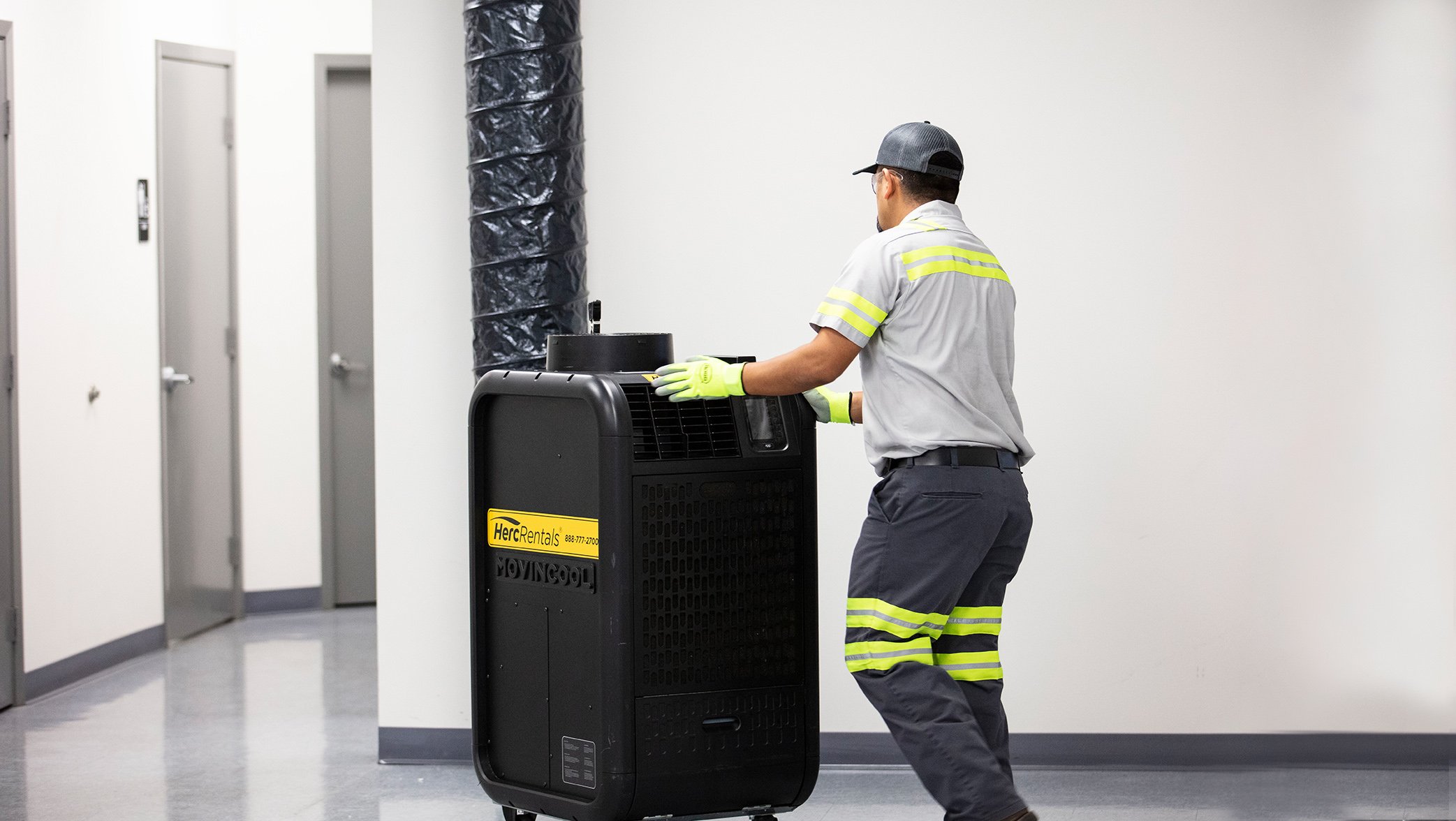One size doesn’t fit all when it comes to welding machines and the welding job you face.
Determining the right welding equipment often comes down to a variety of factors, including type of job, available power and the environment where the welding will occur.
The first thing to understand is what welding process is needed. This is because different welding machines are used for different situations and to perform different welding tasks. When renting welding equipment, contractors need to understand that one welding machine may be ideal for a given welding task and completely wrong for another.
While there are more than 30 types of welding, ranging from simple oxy fuel to high-tech processes like laser beam welding, below are the six most popular.
- Stick Welding – Using electricity to melt and join a metal joint with a filler electrode
- Tungsten Inert Gas (TIG) Welding – Joins metals by heating them with a tungsten electrode
- Metal Inert Gas (MIG) Welding – Joins metals by heating them with an arc which is continuously fed with a filler metal electrode
- Plasma Arc Cutting (PAC) – Severs metal by using a constricted arc to melt a small area of work (specialty standalone tool)
- Flux-Cored Arc Welding – Melts and joins metals by heating them with an arc between a continuously fed electrode
- Air Carbon Arc Cutting (CAC) – Melts metals by the heat of an arc using a carbon electrode
The next thing contractors need to understand is if the welder will be used indoors or out. If the welding is taking place indoors, contractors should limit their equipment search to electric. In open-air or outdoor spaces an electric, diesel, gas or Liquefied Petroleum Gas (LPG) welders will suffice.
Another tip for cost-conscious contractors is understanding your welder’s power source. If shore power is available, electric welders will not only provide the juice you need but will also cut your fuel costs significantly. If shore power is unavailable, contractors will have to decide what works best – diesel, gas, LPG, or electric welders with an ancillary generator.

Finally, contractors should also understand that whatever welding machine they ultimately select, the machine must match the power at the site: 120V, 280V, 230V, 460V or 575V. Contractors will also need to determine whether single-phase or three-phase power is available.
For larger projects with multi-operator systems – and where shore power or generator provided power is available, Herc Rentals’ Miller XMT 350 Field Pro or a Miller CST-280 are excellent choices.
If public utility power is unavailable, contractors can also connect to a portable welding machine to get the job done. Some options include the Miller Bobcat 250 Gas, Miller Bobcat 250 LP or, for heavy industrial applications, the Miller Big Blue 400 Pro.
For a complete overview of Herc Rentals welding equipment, click here.


